Photography courtesy of Lowell Washburn, all rights reserved.
A Yellow-headed Blackbird, Of Course!
With its bright golden mantle and jet-black body, it would be hard to mistake the yellow-headed blackbird for any other species. An inhabitant of Iowa marshlands, the yellow-head has a unique and complex life history. That, along with the male’s distinctive buzzing song, makes the yellow-headed blackbird one of my favorite summer residents.
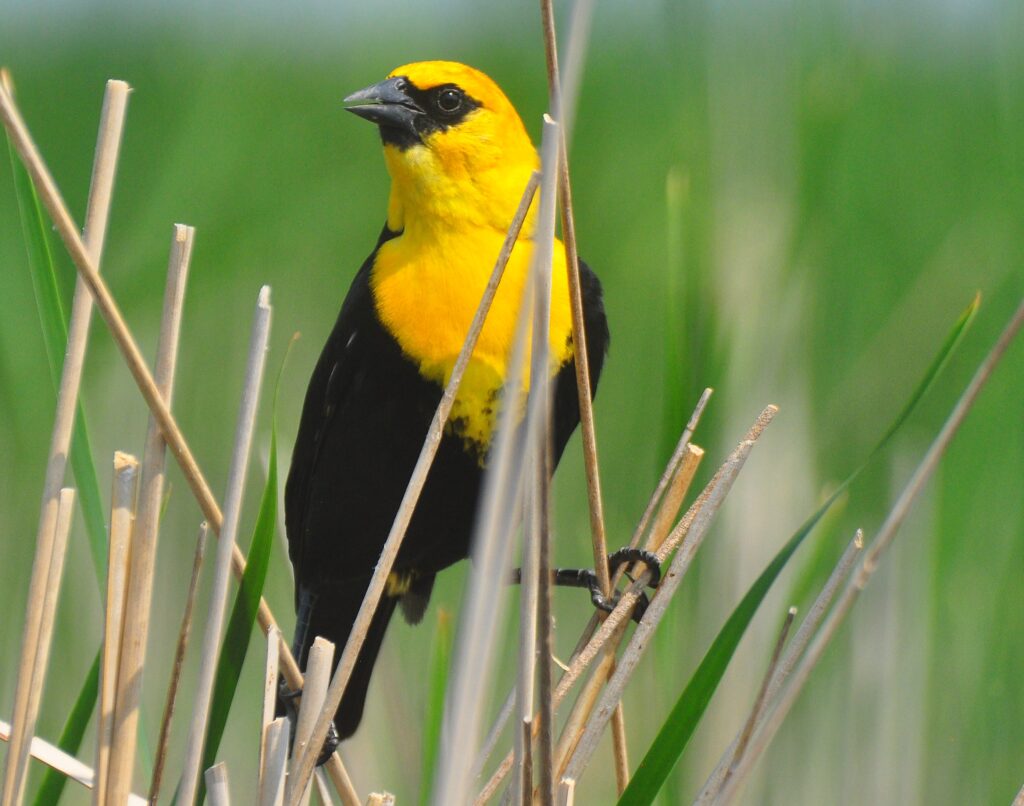
The yellow-head’s annual cycle begins soon after ice out, usually in mid to late April. Males are the first to appear each spring. By the time they arrive, the best territories are already occupied by red-wings which the dominant yellow-heads quickly drive to the outskirts of the marsh.
Once the red-wings are displaced, yellow-head males quickly establish their own territories which they fiercely defend. Males continue to sing and vigorously display until the less colorful females begin arriving several days later. A single male may attract up to seven or eight females to his territory. Yellow-headed blackbirds are colony nesters and larger colonies may contain 80 to more than 100 nests – all located within just a few yards of their closest neighbors. The singing and fighting among males is nonstop, and the larger colonies take on an aura of organized chaos.

Yellow-headed nests are always placed over water. Each female appears to select her own site and she does all of the nest building. Selecting strands of waterlogged vegetation from the marsh’s shoreline, the female carries the material to her site and begins weaving the soggy stems into vertical clumps of cattail stalks. As the project continues, the nest begins to take on a basket-like shape. With the aid of sun and wind, the nest material quickly begins to shrink and dry. The finished product is a secure structure that even summer storms rarely dislodge.
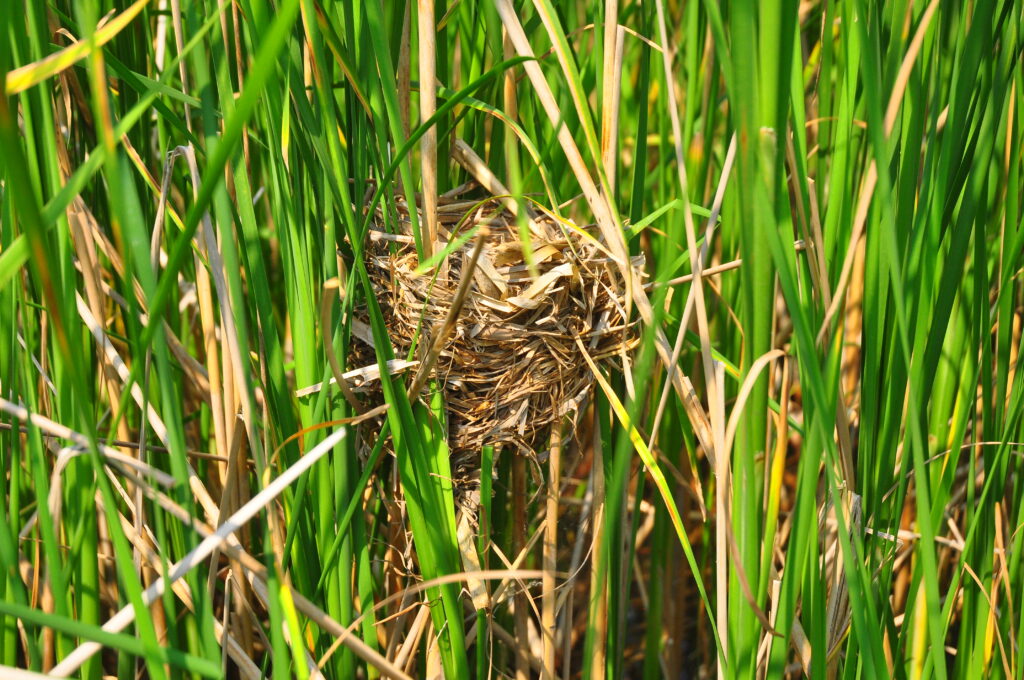
Once the nest is complete, the female deposits three to five, heavily mottled blue-green eggs. Incubation lasts less than two weeks and the partially feathered, mostly tan young may fledge in as little as nine or ten days. Although the nest’s over-the-water location makes it safe from most natural predators, mink and marsh wrens may still take their share of eggs and young. Once they leave the nest, the young yellow-heads cling to nearby cattail stalks where they continue to beg and be fed by their mothers as wing and tail feathers continue to grow. Once the young are fully feathered, they begin hunting insects, wetland spiders, and amber snails for themselves.
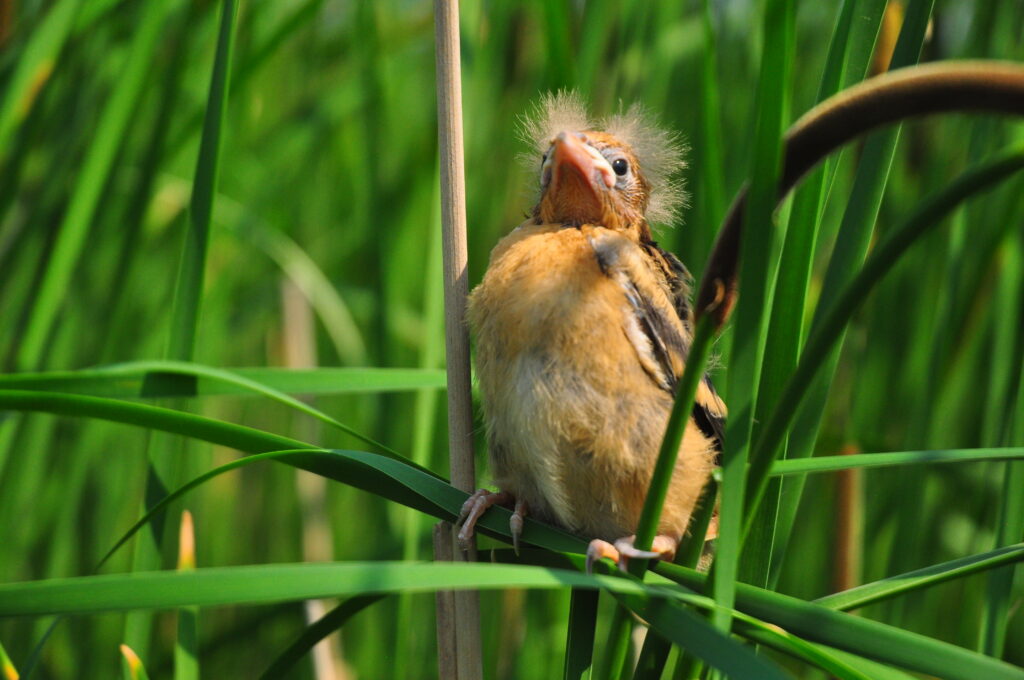

 Susan Judkins Josten
Susan Judkins Josten Rudi Roeslein
Rudi Roeslein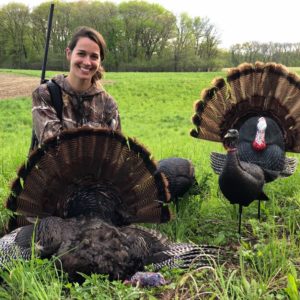 Elyssa McFarland
Elyssa McFarland Mark Langgin
Mark Langgin Adam Janke
Adam Janke Joe Henry
Joe Henry Sue Wilkinson
Sue Wilkinson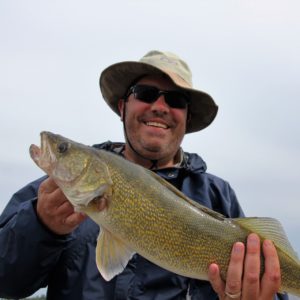 Tom Cope
Tom Cope Kristin Ashenbrenner
Kristin Ashenbrenner Joe Wilkinson
Joe Wilkinson Dr. Tammy Mildenstein
Dr. Tammy Mildenstein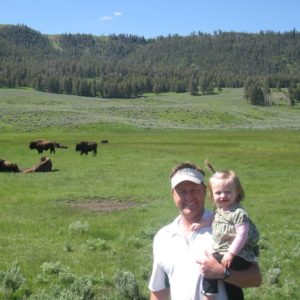 Sean McMahon
Sean McMahon